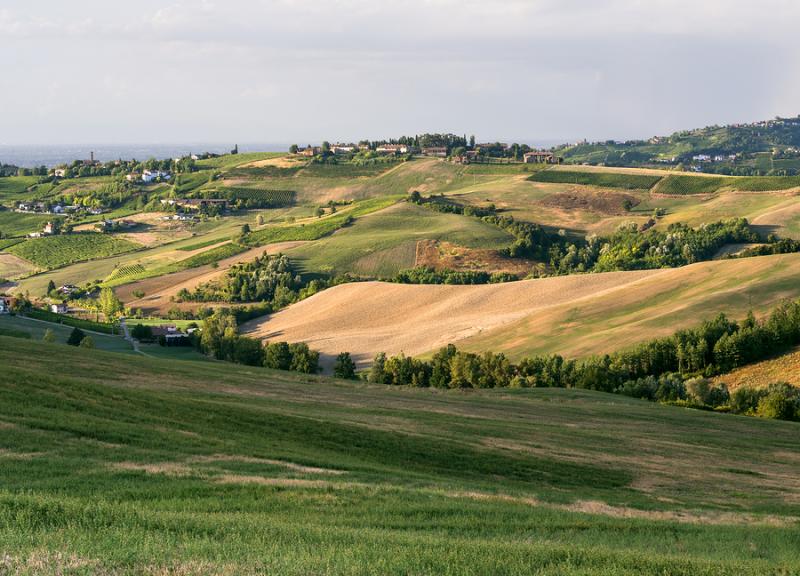What's the connection between Lombardy and the agricultural sector?
Only that it's one of the key areas in Italy for agriculture!
Tell on...?
At a rough estimate, it's said that there are around 8000 alimentary firms and 57,000 farms in the region. Around 45% of Lombardy is made up of agricultural areas.
The conditions in Lombardy areas also make this an ideal spot for agriculture. Take the Central Southern region, which has fertile ground and high levels of irrigation (the process that uses specific levels of water to provide for plants at regular times). These add up to the cultivation of wheat, rice, vegetables, and more throughout the 12 months of the year.
What specific regions are known for agriculture?
Prolific agricultural activities occur in the plains of the Po River Valley. It's known for all kinds of produce such as rice, wheat, and corn. The higher plains of the valleys are known for producing the likes of fruit trees and vegetables, while fruits, olives and vines are to be found in the foothill regions.
Specific examples: Cremona is known for sugar beet production, and Pavia for rice, while locations such as Vatellina are known for their vines.
Any examples of popular cereal-related products to come out of Lombardy?
Three for starters – Teglio is known for its Buckwheat Flour, Bergamo is an area connected with flour used for Polenta, while good old-fashioned rice is linked with many places including Milan, Novara and Alessandria (in Piedmont).
How about dairy products?
Because Lombardy is a well-known location for cattle breeding, it's no surprise that the region is a hothouse for milk, butter and cheese. Cheese is one of Lombardy's greatest exports, with quantities of Gorgonzola and Grana Padano making their way to various worldwide locations.

On the subject of Grana Padano, what's agri-food?
This is one of the current hot potatoes in the food industry. Basically, it's food that's produced agriculturally, as opposed to other means such as through fishing and hunting. Naturally, with its high status in the agricultural field, Lombardy is one of the foremost regions for agri-foods.
Top quality food, yes?
Absolutely. And many of Lombardy's food goodies have special labels to prove their seal of quality. These include PDO (Protected Designation of Origin), PGI (Protected Geographical Indication), and CDO (Registered Destination of Origin).
What's the Made In Italy campaign all about?
This is to ensure that everybody is aware of the real deal when it comes to genuine Italian food and drink. The Italian Trade Agency launched this campaign last year to promote greater awareness of authentic food and drink from the country.
Lombardy fits into this picture as it's heavily involved in protecting against counterfeit and false products that claim to come from Italy.
What is the Cluster CAT.AL?
This is the High Technology Cluster Agrofood Lombardy. It is a group of companies, research centres and universities who have come together to drive forward Lombardy's role in the agricultural and agri-food sectors.
What are its key aims?
A good number. One key one is to grow and promote Lombardy's agri-food system. Another important one is to represent Lombardy's excellence in the agri-food realm, both on a national and international level.
It's also driving forward innovation and progress of the sector through technological development, and continued research, such as studies into competitive scenarios in the region, as well as on national and European levels.
So does Lombardy have a healthy future in both the agricultural and agri-food sectors?
With organisations such as the Cluster CAT.AL present, and of course, Lombardy's superb reputation for producing fresh, high-quality foods (and its continued status as a major agricultural player), the future looks very rosy indeed.
Looking for a way to send awesome Italian food as a gift for someone this holiday season? Check out our EatItalian passport basket with quality products from around the boot compiled by our friends at Eataly.








